Birth name Lester Willis Young Name Lester Young Occupation(s) Musician | Genres Jazz Also known as "Pres" or "Prez" Role Saxophonist | |
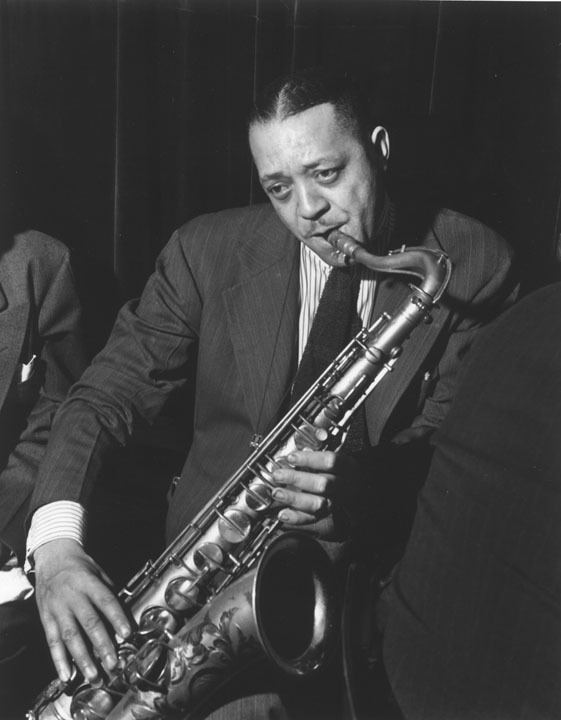 | ||
Born August 27, 1909Woodville, Mississippi, U.S. ( 1909-08-27 ) Movies Norman Granz: Improvisation Similar | ||
Lee konitz on birth of the cool lester young the tristano school jazzheaven com video excerpt
Lester Willis Young (August 27, 1909 – March 15, 1959), nicknamed "Pres" or "Prez", was an American jazz tenor saxophonist and occasional clarinetist.
Contents
- Lee konitz on birth of the cool lester young the tristano school jazzheaven com video excerpt
- Lester leaps in the life and times of lester young
- Early life and career
- With the Count Basie Orchestra
- Leaving Basie
- Army service
- Post war recordings
- Struggle and revival
- The final years
- Posthumous dedications and influence
- Compilations as leader
- As sideman
- References
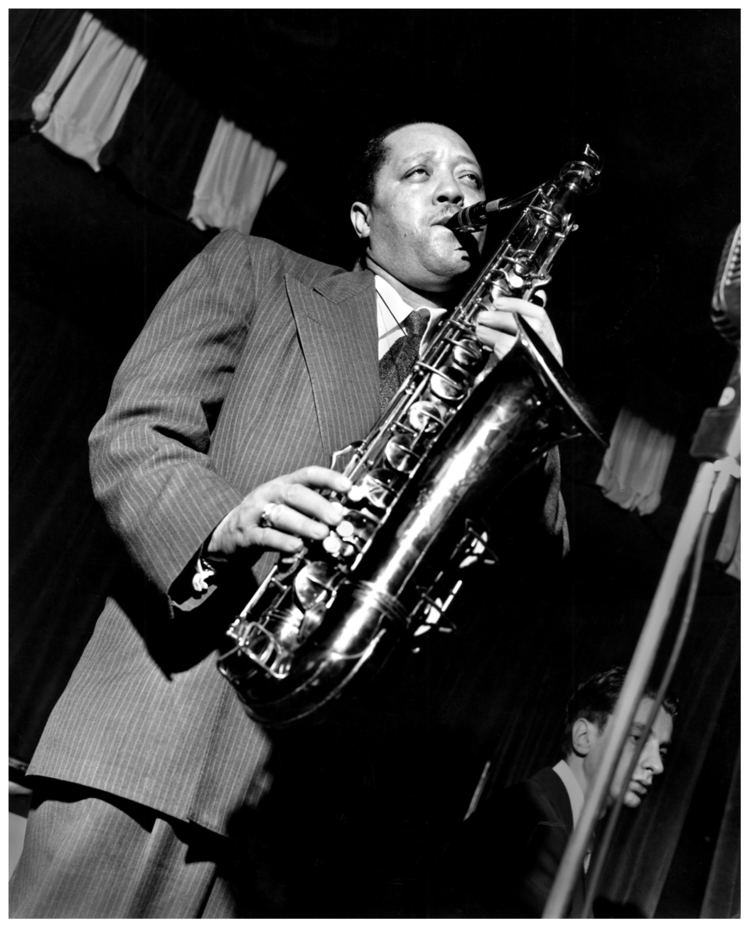
Coming to prominence while a member of Count Basie's orchestra, Young was one of the most influential players on his instrument. In contrast to many of his hard-driving peers, Young played with a relaxed, cool tone and used sophisticated harmonies, using what one critic called "a free-floating style, wheeling and diving like a gull, banking with low, funky riffs that pleased dancers and listeners alike".

Known for his hip, introverted style, he invented or popularized much of the hipster jargon which came to be associated with the music.
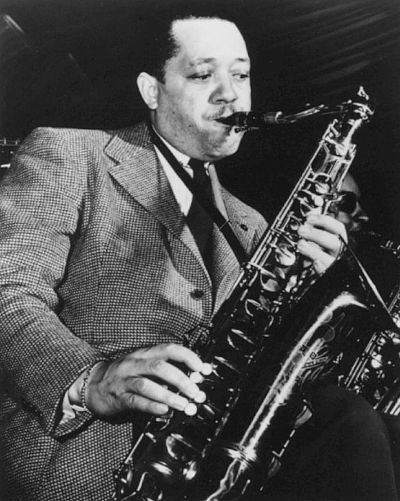
Lester leaps in the life and times of lester young
Early life and career
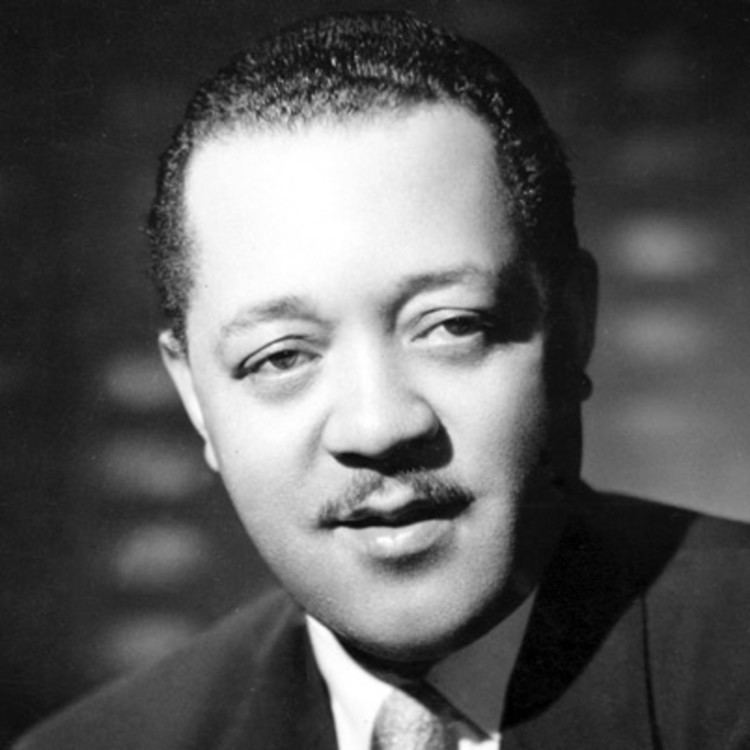
Lester Young was born in Woodville, Mississippi, and grew up in a musical family. His father, Willis Handy Young, was a respected teacher, his brother Lee Young was a drummer, and several other relatives performed music professionally. His family moved to New Orleans, Louisiana, when Lester was an infant and later to Minneapolis, Minnesota. Although at a very young age Young did not initially know his father, he learned that his father was a musician. Later Willis taught his son to play the trumpet, violin, and drums in addition to the saxophone.
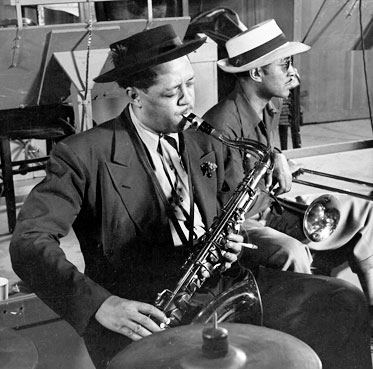
Lester Young played in his family's band, known as the Young Family Band, in both the vaudeville and carnival circuits. He left the family band in 1927 at the age of 18 because he refused to tour in the Southern United States, where Jim Crow laws were in effect and racial segregation was required in public facilities.
With the Count Basie Orchestra
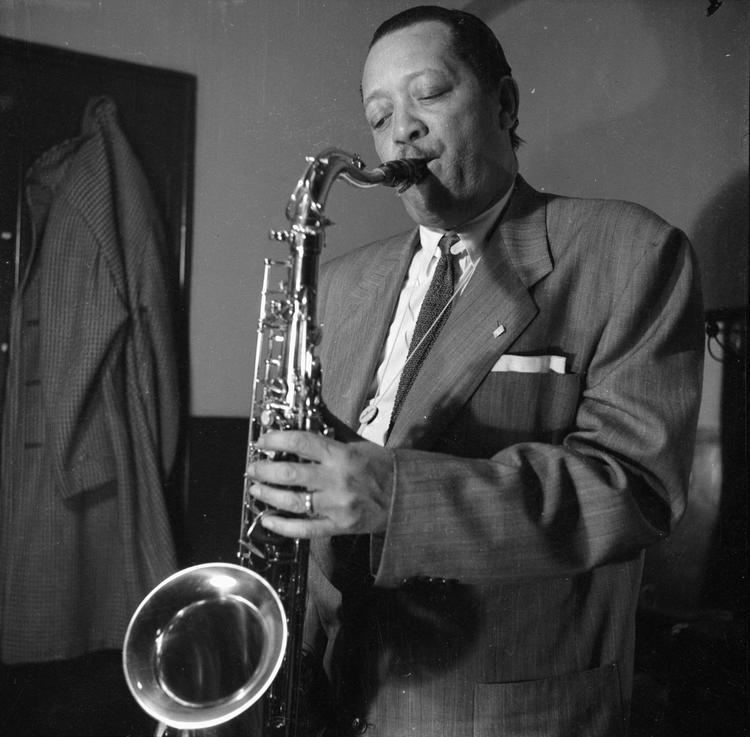
In 1933 Young settled in Kansas City, where after playing briefly in several bands, he rose to prominence with Count Basie. His playing in the Basie band was characterized by a relaxed style which contrasted sharply with the more forceful approach of Coleman Hawkins, the dominant tenor sax player of the day. One of Young's key influences was Frank Trumbauer, who came to prominence in the 1920s with Paul Whiteman and played the C-melody saxophone (between the alto and tenor in pitch).

Young left the Basie band to replace Hawkins in Fletcher Henderson's orchestra. He soon left Henderson to play in the Andy Kirk band (for six months) before returning to Basie. While with Basie, Young made small-group recordings for Milt Gabler's Commodore Records, The Kansas City Sessions. Although they were recorded in New York (in 1938, with a reunion in 1944), they are named after the group, the Kansas City Seven, and comprised Buck Clayton, Dicky Wells, Basie, Young, Freddie Green, Rodney Richardson, and Jo Jones. Young played clarinet as well as tenor in these sessions. Young is described as playing the clarinet in a "liquid, nervous style." As well as the Kansas City Sessions, his clarinet work from 1938–39 is documented on recordings with Basie, Billie Holiday, Basie small groups, and the organist Glenn Hardman. Billie and Lester met at a Harlem jam session in the early 30s and worked together in the Count Basie band and in nightclubs on New York's 52nd St. At one point Lester moved into the apartment Billie shared with her mother, Sadie Fagan. Holiday always insisted their relationship was strictly platonic. She gave Lester the nickname "Prez" after President Franklin Roosevelt, the "greatest man around" in Billie's mind. Playing on her name, he would call her "Lady Day." Their famously empathetic classic recordings with Teddy Wilson date from this era.
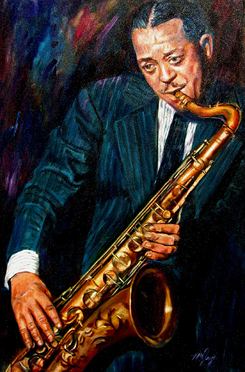
After Young's clarinet was stolen in 1939, he abandoned the instrument until about 1957. That year Norman Granz gave him one and urged him to play it (with far different results at that stage in Young's life—see below).
Leaving Basie

Young left the Basie band in late 1940. He is rumored to have refused to play with the band on Friday, December 13 of that year for superstitious reasons spurring his dismissal, although Young and drummer Jo Jones would later state that his departure had been in the works for months. He subsequently led a number of small groups that often included his brother, drummer Lee Young, for the next couple of years; live and broadcast recordings from this period exist.
During this period Young accompanied the singer Billie Holiday in a couple of studio sessions (during 1937 - 1941 period) and also made a small set of recordings with Nat "King" Cole (their first of several collaborations) in June 1942. His studio recordings are relatively sparse during the 1942 to 1943 period, largely due to the recording ban by the American Federation of Musicians. Small record labels not bound by union contracts continued to record and he recorded some sessions for Harry Lim's Keynote label in 1943.
In December 1943 Young returned to the Basie fold for a 10-month stint, cut short by his being drafted into the army during World War II (see below). Recordings made during this and subsequent periods suggest Young was beginning to make much greater use of a plastic reed, which tended to give his playing a somewhat heavier, breathier tone (although still quite smooth compared to that of many other players). While he never abandoned the cane reed, he used the plastic reed a significant share of the time from 1943 until the end of his life. Another cause for the thickening of his tone around this time was a change in saxophone mouthpiece from a metal Otto Link to an ebonite Brilhart. In August 1944 Young appeared alongside drummer Jo Jones, trumpeter Harry "Sweets" Edison, and fellow tenor saxophonist Illinois Jacquet in Gjon Mili's short film Jammin' the Blues.
Army service
In September 1944 Young and Jo Jones were in Los Angeles with the Basie Band when they were inducted into the U.S. Army. Unlike many white musicians, who were placed in band outfits such as the ones led by Glenn Miller and Artie Shaw, Young was assigned to the regular army where he was not allowed to play his saxophone. Based in Ft. McClellan, Alabama, Young was found with marijuana and alcohol among his possessions. He was soon court-martialed. Young did not fight the charges and was convicted. He served one traumatic year in a detention barracks and was dishonorably discharged in late 1945. His experience inspired his composition "D.B. Blues" (with D.B. standing for detention barracks).
Some jazz historians have argued that Young's playing power declined in the years following his army experience, though critics such as Scott Yanow disagree with this entirely. Recordings show that his playing began to change before he was drafted. Some argue that Young's playing had an increasingly emotional slant to it, and the post-war period featured some of his greatest renditions of ballads.
Post-war recordings
Young's career after World War II was far more prolific and lucrative than in the pre-war years in terms of recordings made, live performances, and annual income. Young joined Norman Granz's Jazz at the Philharmonic (JATP) troupe in 1946, touring regularly with them over the next 12 years. He made many studio recordings under Granz's supervision as well, including more trio recordings with Nat King Cole. Young also recorded extensively in the late 1940s for Aladdin Records (1946-7, where he had made the Cole recordings in 1942) and for Savoy (1944, '49 and '50), some sessions of which included Basie on piano.
While the quality and consistency of his playing ebbed gradually in the latter half of the 1940s and into the early 1950s, he also gave some brilliant performances during this stretch. Especially noteworthy are his performances with JATP in 1946, 1949, and 1950. With Young at the 1949 JATP concert at Carnegie Hall were Charlie Parker and Roy Eldridge, and Young's solo on "Lester Leaps In" at that concert is a particular standout among his performances in the latter half of his career.
Struggle and revival
From around 1951, Young's level of playing declined more precipitously as his drinking increased. His playing showed reliance on a small number of clichéd phrases and reduced creativity and originality, despite his claims that he did not want to be a "repeater pencil" (Young coined this phrase to describe the act of repeating one's own past ideas). Young's playing and health went into a crisis, culminating in a November 1955 hospital admission following a nervous breakdown.
He emerged from this treatment improved. In January 1956 he recorded two Granz-produced sessions including a reunion with pianist Teddy Wilson, trumpet player Roy Eldridge, trombonist Vic Dickenson, bassist Gene Ramey, and drummer Jo Jones – which were issued as The Jazz Giants '56 and Pres and Teddy albums. 1956 was a relatively good year for Lester Young, including a tour of Europe with Miles Davis and the Modern Jazz Quartet and a successful residency at Olivia Davis' Patio Lounge in Washington, DC, with the Bill Potts Trio. Live recording of Young and Potts in Washington were issued later.
Throughout the 1940s and 50s, Young had sat in on Count Basie Orchestra gigs from time to time. The best-known of these is their July 1957 appearance at the Newport Jazz Festival, the line-up including many of his colleagues: Jo Jones, Roy Eldridge, Illinois Jacquet and Jimmy Rushing.
The final years
On December 8, 1957, Young appeared with Billie Holiday, Coleman Hawkins, Ben Webster, Roy Eldridge, and Gerry Mulligan in the CBS television special The Sound of Jazz, performing Holiday's tune "Fine and Mellow." It was a reunion with Holiday, with whom he had lost contact over the years. She was also in physical decline, near the end of her career, yet they both gave moving performances. Young's solo was brilliant, considered by many jazz musicians an unparalleled marvel of economy, phrasing and extraordinarily moving emotion. But Young seemed gravely ill, and was the only horn player who was seated (except during his solo) during the performance. By this time his alcoholism had cumulative effect. He was eating significantly less, drinking more and more, and suffering from liver disease and malnutrition. Young's sharply diminished physical strength in the final two years of his life yielded some recordings with a frail tone, shortened phrases, and, on rare occasions, a difficulty in getting any sound to come out of his horn at all.
Lester Young made his final studio recordings and live performances in Paris in March 1959 with drummer Kenny Clarke at the tail end of an abbreviated European tour during which he ate next to nothing and drank heavily. He died in the early morning hours of March 15, 1959, only hours after arriving back in New York, at the age of 49. He was buried at the Cemetery of the Evergreens in Brooklyn. According to jazz critic Leonard Feather, who rode with Holiday in a taxi to Young's funeral, she said after the services, "I'll be the next one to go." Holiday died four months later (on 7/17/59) at age 44.
Posthumous dedications and influence
Charles Mingus dedicated an elegy to Young, "Goodbye Pork Pie Hat", only a few months after his death. Wayne Shorter, then of Art Blakey's Jazz Messengers, composed a tribute, called "Lester Left Town".
Young's playing style influenced many other tenor saxophonists, including Stan Getz, as well as Zoot Sims, Al Cohn, and Gerry Mulligan. Paul Quinichette modeled his style so closely on Young's that he was sometimes referred to as the "Vice Prez" (sic). Sonny Stitt began to incorporate elements from Lester Young's approach when he made the transition to tenor saxophone. Lester Young also had a direct influence on the young Charlie Parker, and thus the entire be-bop movement. Other saxophonists, such as Dexter Gordon and Warne Marsh, were strongly influenced by Young.
In 1981 OyamO (Charles F. Gordon) published the book The Resurrection of Lady Lester, subtitled "A Poetic Mood Song Based on the Legend of Lester Young", depicting Young's life. The work was subsequently adapted for the theater, and was staged in November of that year at the Manhattan Theater Club, New York City, with a four-piece jazz combo led by Dwight Andrews.
In the 1986 film Round Midnight, the fictional main character Dale Turner, played by Dexter Gordon, was partly based on Young – incorporating flashback references to his army experiences, and loosely depicting his time in Paris and his return to New York just before his death. Young is a major character in English writer Geoff Dyer's 1991 fictional book about jazz, But Beautiful.
The 1994 documentary on a 1958 Esquire Magazine A Great Day in Harlem photo shoot for jazz musicians in New York contains many remembrances of Young by musicians who participated. Young was one of the participants and for many of the others the photo shoot was the last time they saw him alive.
Don Byron recorded the album Ivey-Divey in gratitude for what he learned from studying Lester Young's work, modeled after a 1946 trio date with Buddy Rich and Nat King Cole. "Ivey-Divey" was one of Lester Young's common eccentric phrases.
Peter Straub's short story collection Magic Terror (2000) contains a story called "Pork Pie Hat", a fictionalized account of the life of Lester Young. Straub was inspired by Young's appearance on the 1957 CBS-TV show The Sound of Jazz, which he watched repeatedly, wondering how such a genius could have ended up such a human wreck.
Lester Young is said to have popularized use of the term "cool" to mean something fashionable. Another slang term he coined was the term "bread" for money. He would ask, "How does the bread smell?" when asking how much a gig was going to pay.
Compilations (as leader)
As sideman
With the Count Basie Orchestra
With Jazz at the Philharmonic
With Billie Holiday
